Please add image or text logo
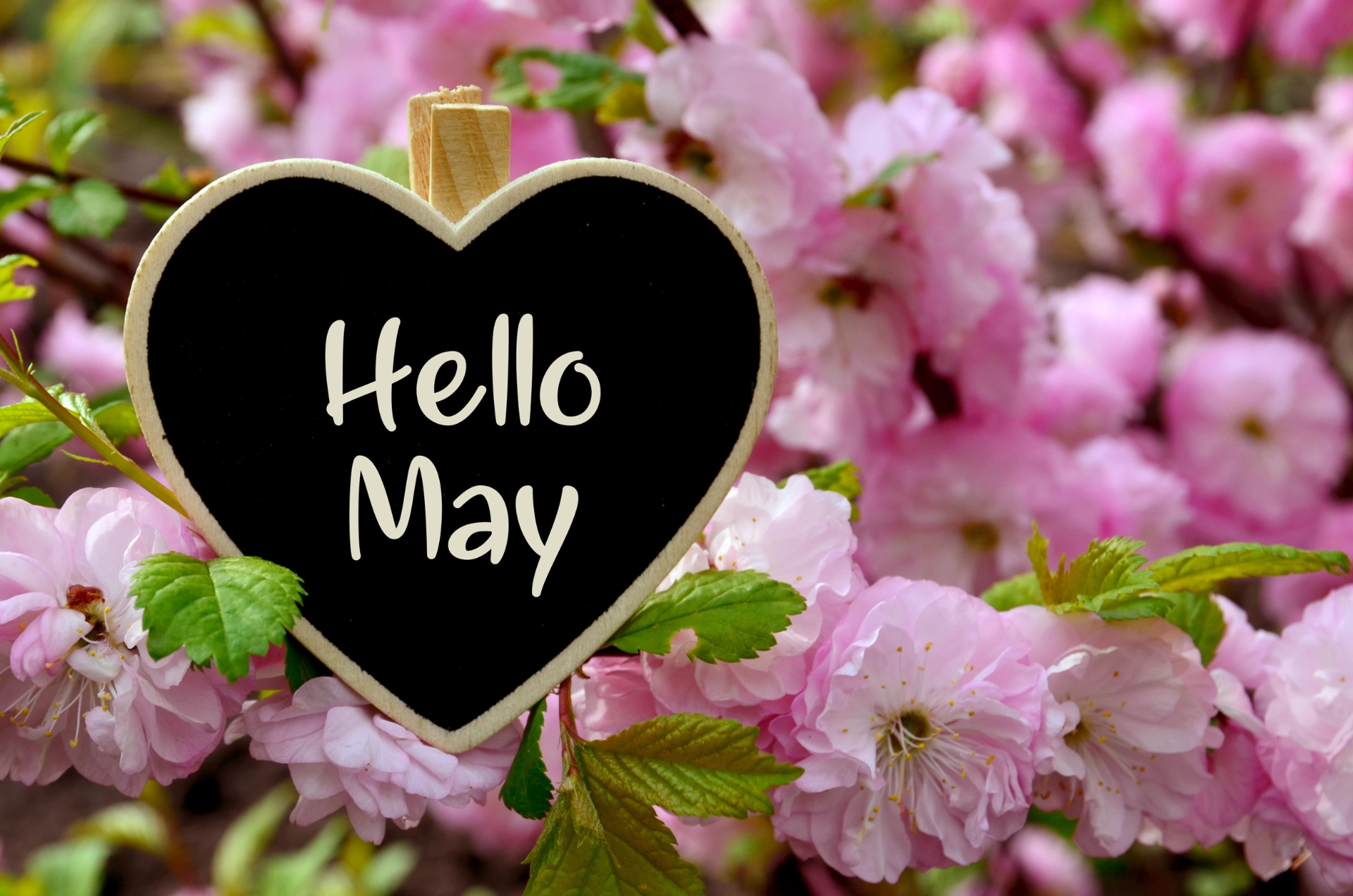
Here is our monthly round-up of news, top-tips and ideas to make the most of your garden this May!
The weather this spring has been a bit wetter and windier than expected, but as we enter May the sun is finally starting to break through the clouds – bringing the promise of sunnier days!
May delivers a welcome splash of colour to the garden, and is a great time to get started on some garden upgrades!

Both of our centres will be open as usual, every bank holiday Monday in May, under the following hours:
Weekdays: 08:00 – 17:00
Saturday: 08:30 – 17:00
Sunday: 10:00 – 16:00
Weekdays: 08:00 – 17:00
Saturday: 08:30 – 17:00
Sunday: CLOSED
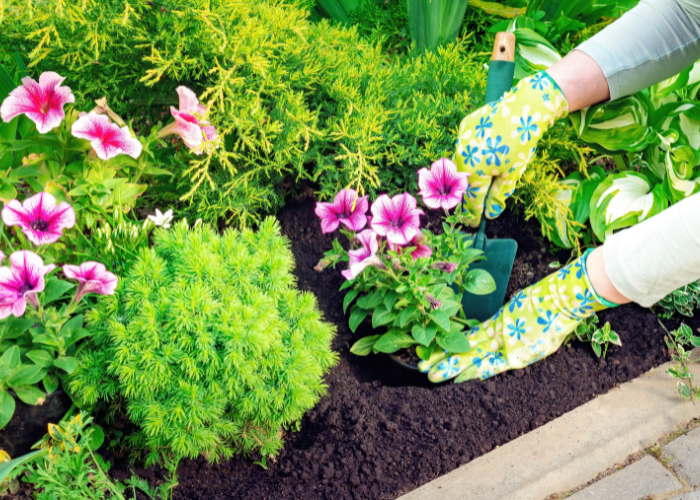
• Ventilate your greenhouse – On warmer days, open greenhouse vents to allow greater air flow. It is unlikely to be warm enough to leave them open on an evening, however. As it gets warmer, using netting, shutters, or shade paint to protect plants against strong sun can also be beneficial.
• Prune – There are several plants that benefit from pruning in May: lilac, choisya, cherry laurel, hibiscus, and chocolate vine. You can pick up secateurs and protective gloves from our centres!
• Plant potted single late tulips outdoors – There are around 2,500 varieties of ulip that have been grown in Britain, but Group 5 – the single late tulips – are renowned for being reliable and easy to grow! Acclimatise your potted tulips to the outdoors by gradually moving them from shade to full sun, then gently remove them from their pot and plant them outdoors in a deep hole, about the size of the container.
• Make compost – Mix vegetable waste, grass clippings, and brown material (such as leaves and torn paper) into a compost bin to make your very own potting mix or soil conditioner.
• Keep herbs growing all season – Now is a good time to split pot-grown seedlings, using a richer compost (either in a container or in the garden) and allowing more root room to keep them growing.
• Save your spring bulbs – Take out pot-grown bulbs and lay out on a tray until the foliage dies back. The leaves will now easily separate from the bulbs and can be composted, while the bulbs should be stored somewhere cool and dry until autumn.
• Dig out lawn weeds – Remove weeds but avoid using harsh chemicals where possible.
• Protect fruit – Add netting to soft fruit to protect it from squirrels and birds.
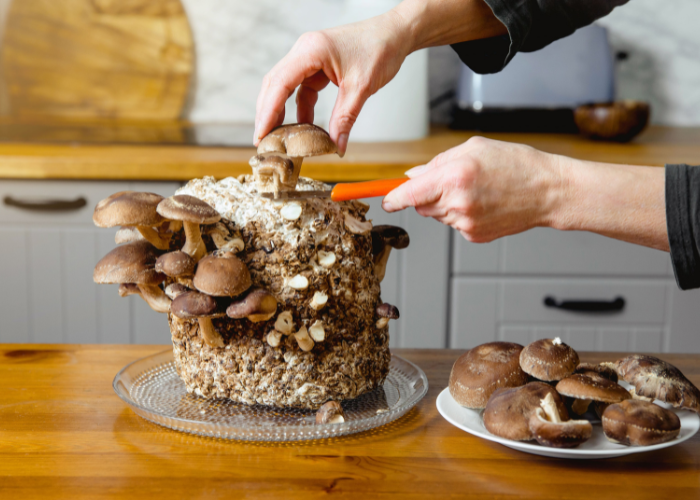
Why not try growing your own mushrooms indoors this month?
An environment where moisture and temperature can be controlled is ideal for growing mushrooms, with an optimum growing temperature around 15°C – so a nice cool and dark shed, cellar or garage will work well for growing mushrooms indoors!
We sell a range of quality garden sheds, that would be perfect for trying your hand at some fungi cultivation!
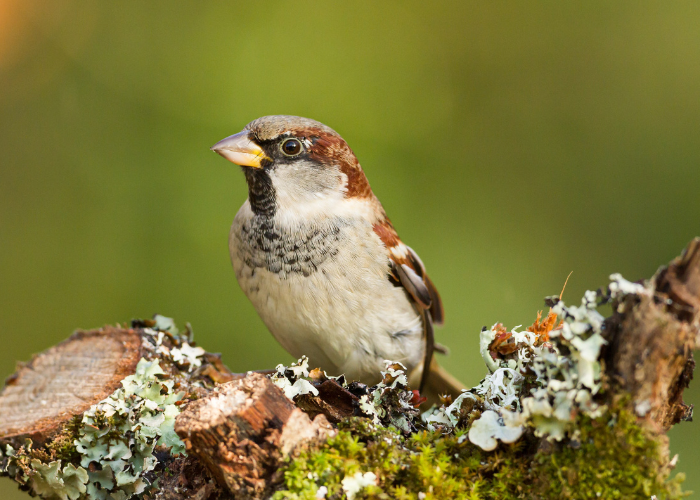
The RSPB’s Big Garden Birdwatch 2024 results have officially landed! This year, over 9.7 million birds were counted, with 610,000+ nature lovers taking part in the count!
Once again, the House Sparrow came out on top – being spotted 1,442,300 times!
Take a look at the full set of results here.
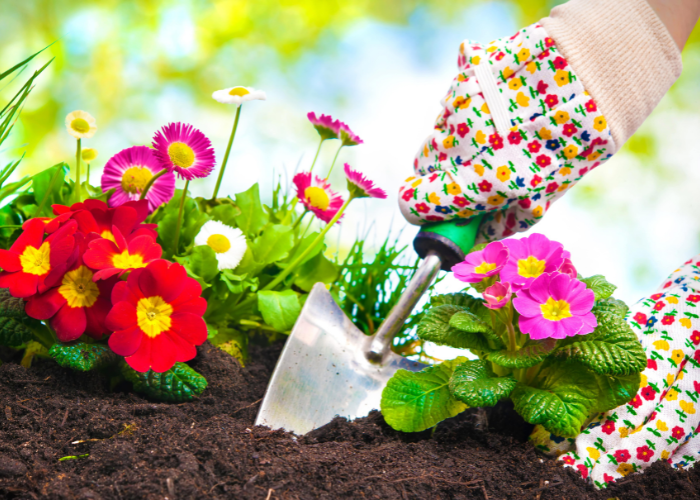
Our centres have a wide range of planters for sale, and great value multi pack offers on composts – so let’s get growing. For novices, or those too scared to ask, here is a quick guide to each type of planting.
• Half-hardy annuals are frost-tender and are usually sown indoors and grown on. Examples such as Cosmos, Nemesia, and Marigolds complete their life cycle in one season.
• Hardy annuals may be sown direct into the soil in spring. They will tolerate frosty conditions without protection. Examples include Alyssum, Calendula, Iberis and Limnanthes Douglasii.
• Hardy biennials complete their life cycle in two seasons. Examples include Alcea (Hollyhock), Dianthus (Sweet William), Erysimum (Wallflower) and Myosotis (Forget-me-not).
• Half-hardy perennials survive for several years, normally flowering from the second season onwards. They are frost-tender, so they can be overwintered, but only if given frost protection. Examples include Bellis (Daisy), Begonia, Pelargonium (Geranium) and Lobelia.
• Perennials are plants capable of survival for at least three years. The term is also associated with herbaceous perennials lasting many years. Examples are Bellis (Daisy), Busy Lizzies and Viola (Pansy).
• Hardy perennials or shrubs last for decades if carefully positioned and cared for. Examples include Erica (Winter-flowering Heather), Euphorbia and Heuchera which offer welcome colour through the winter.
• Summer Bulbs will reappear year after year, bringing a riot of colour and cheer. From gladioli to Dahlias, from Begonias to Callas. Planting summer bulbs and perennial plants in spring means enjoying colour all summer long. Summer bulbs such as Dahlias, Crocosmias and Begonias, can even keep on flowering into the autumn.
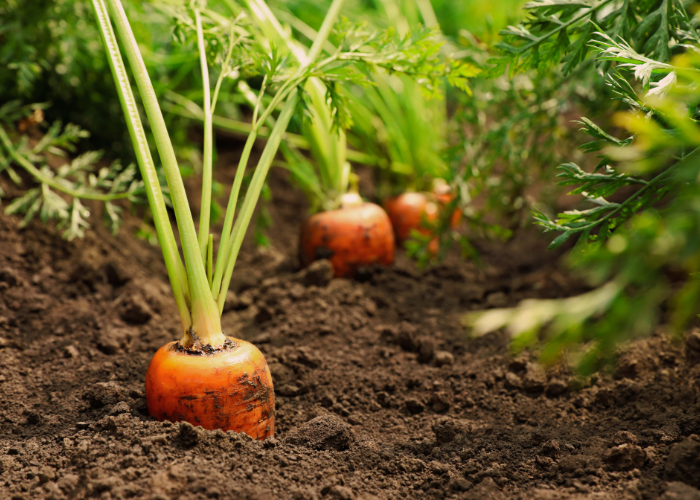
• Mushrooms – Spring planting is ideal for growing mushrooms outdoors on mushroom logs!
• Beetroot – Your summer crop of beetroot can be sewn outside in May.
• Bouquet dill – Water the area and sow the seed directly into 1cm-deep drills, then lightly cover with soil. Keep the soil well-watered. Dill also produces white flower heads which attract hugely beneficial pollinators, including bees and hoverflies.
• Spinach – Sow from early spring to the middle of June.
• Chicory – High in fibre and carotenoid antioxidants, Chicory can be sown outdoors in May for harvest in August.
• Onion & shallots – Can be planted outside as soon as you are confident the last frost has passed.
• Courgette – CFibre, potassium, and folate-rich courgettes can also be planted outdoors in May. Cut when they are about 10cm long, to encourage more courgettes to grow over a longer period, instead of leaving them to grow larger and larger.
• Kale – Ideal for growing in small spaces, kale should be planted outside in May to be harvested in December.
• Carrots – Can be planted outside in loose, sandy soil in May for harvesting in Autumn.
• Leeks – Sew Leeks outside in May for a bumper harvest from September onwards.
• Potatoes – May is the last month ideal for growing potatoes. This staple should be sown outside for harvest between August and September.
• Strawberries – Borders, planters and even hanging baskets are all appropriate places to grow strawberries. Pick a spot that gets around 6-10 hours of sunlight a day.
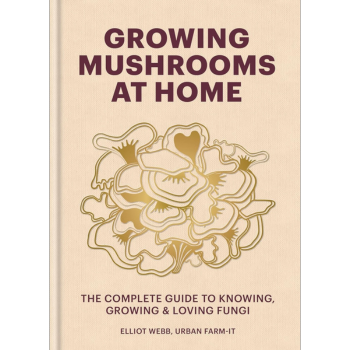
Growing Mushrooms at Home by Elliot Webb
Everything you need to know to start growing mushrooms at home! This book will take you through all the basics, from key equipment and step-by-step growing guides all the way to how to turn your harvest into teas, coffees and tinctures.
Available from Amazon here.
“May is the month of expectation, the month of wishes, the month of hope.”
– Emily Brontë